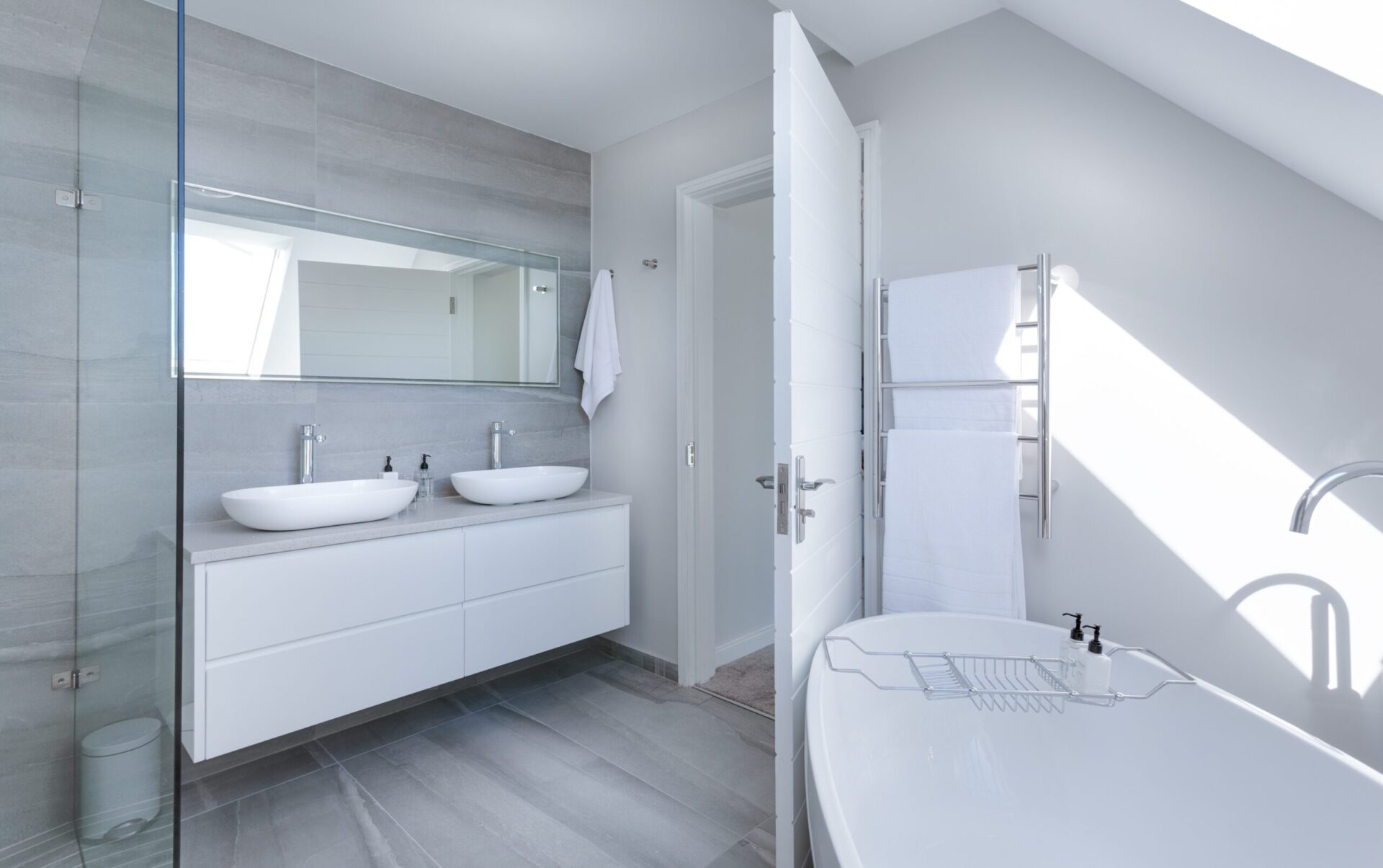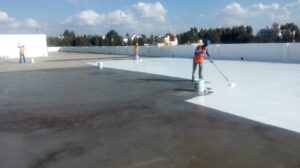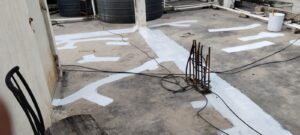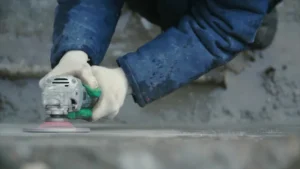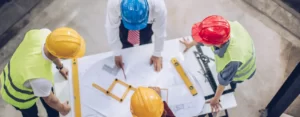Toilet, Bathroom, and Washroom Leakage: An Ultimate Guide
Introduction
Have you ever woken up to the unpleasant surprise of a leaking toilet or a flooded bathroom? Or maybe you’ve experienced the frustration of dealing with mold and water damage caused by persistent washroom leakage. Whatever the case may be, toilet, bathroom, and washroom leakage can be a real headache for homeowners and renters alike. Not only can it cause damage to your property, but it can also lead to health hazards and unpleasant odors.
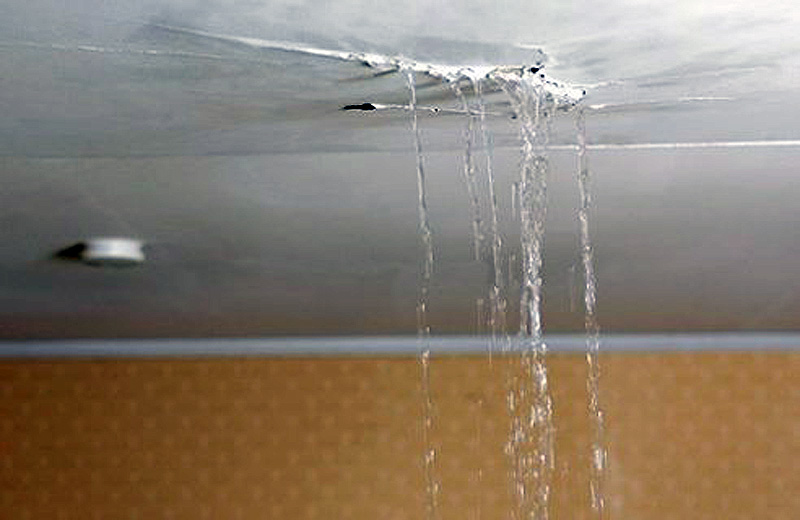

In this ultimate guide, we’ll explore the common causes of toilet, bathroom, and washroom leakage, provide practical solutions, and offer tips for prevention. So, whether you’re dealing with a leaky faucet or a major plumbing issue, read on to learn how to tackle this pesky problem once and for all!
Causes of Bathroom Leakage
Bathroom leakage can be caused by a variety of factors. Here are some of the most common causes:
- Cracked tiles: Cracked tiles are a common cause of bathroom leakage. If your tiles are cracked, water can seep through them to the subfloor. Over time, this water can cause the subfloor to rot, which can lead to structural damage in your bathroom.
- Cracked tiles in your bathroom can be a major issue, leading to water seeping through to the subfloor and causing structural damage. There are several reasons why tiles can become cracked, including improper installation, age, and a shifting foundation.

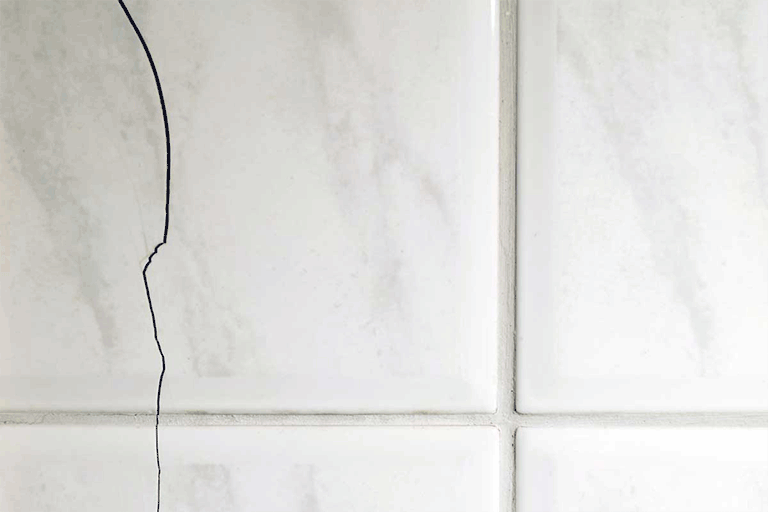
- Improper installation is a common cause of cracked tiles. If the tiles were not installed properly, they can become loose over time, leading to cracks. Age can also cause tiles to crack, especially if they are constantly exposed to moisture or heavy foot traffic. Additionally, if your home’s foundation shifts, it can cause the tiles to crack or become uneven.

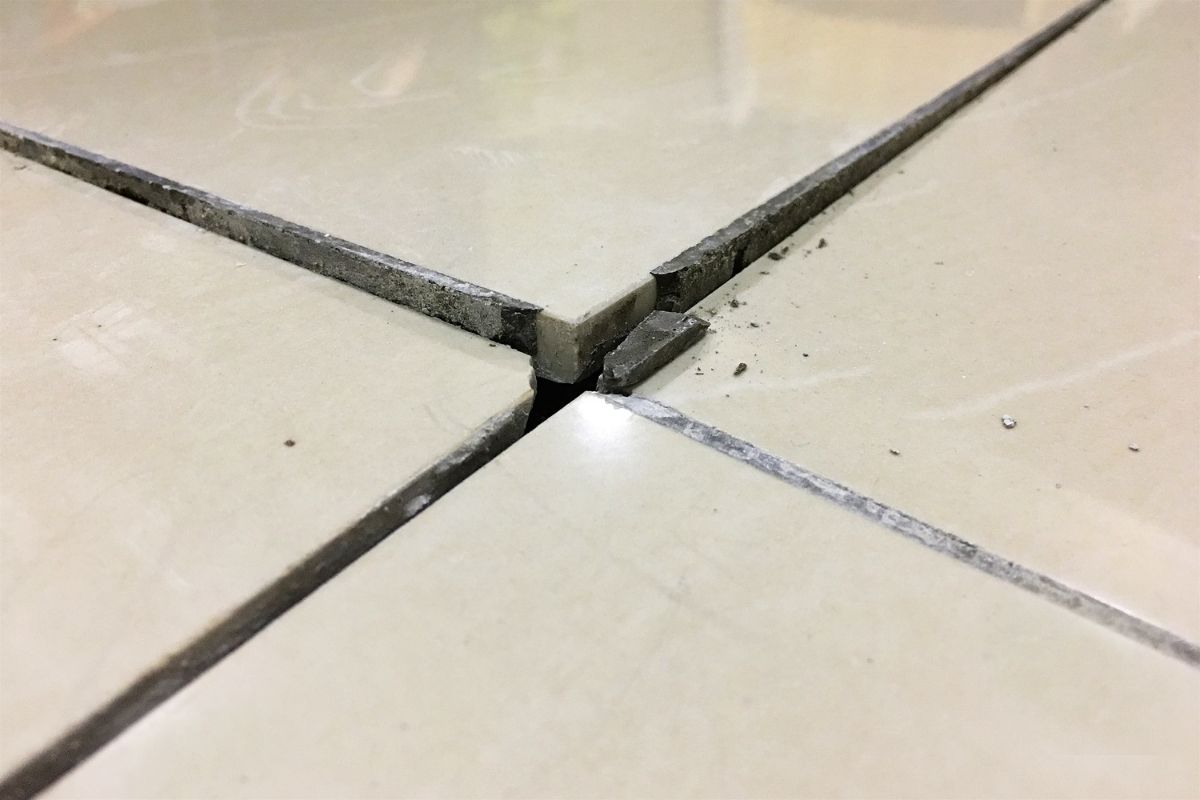
- Cracked tiles in your bathroom can be a major issue, leading to water seeping through to the subfloor and causing structural damage. There are several reasons why tiles can become cracked, including improper installation, age, and a shifting foundation.
- Damaged grout: Over time, grout can become damaged or worn out. This can cause water to seep through and cause damage to the subfloor.
- Age: Grout naturally wears down over time due to everyday use, exposure to water and cleaning products, and foot traffic. As the grout ages, it becomes more prone to cracking and breaking, allowing water to seep through and damage the subfloor.

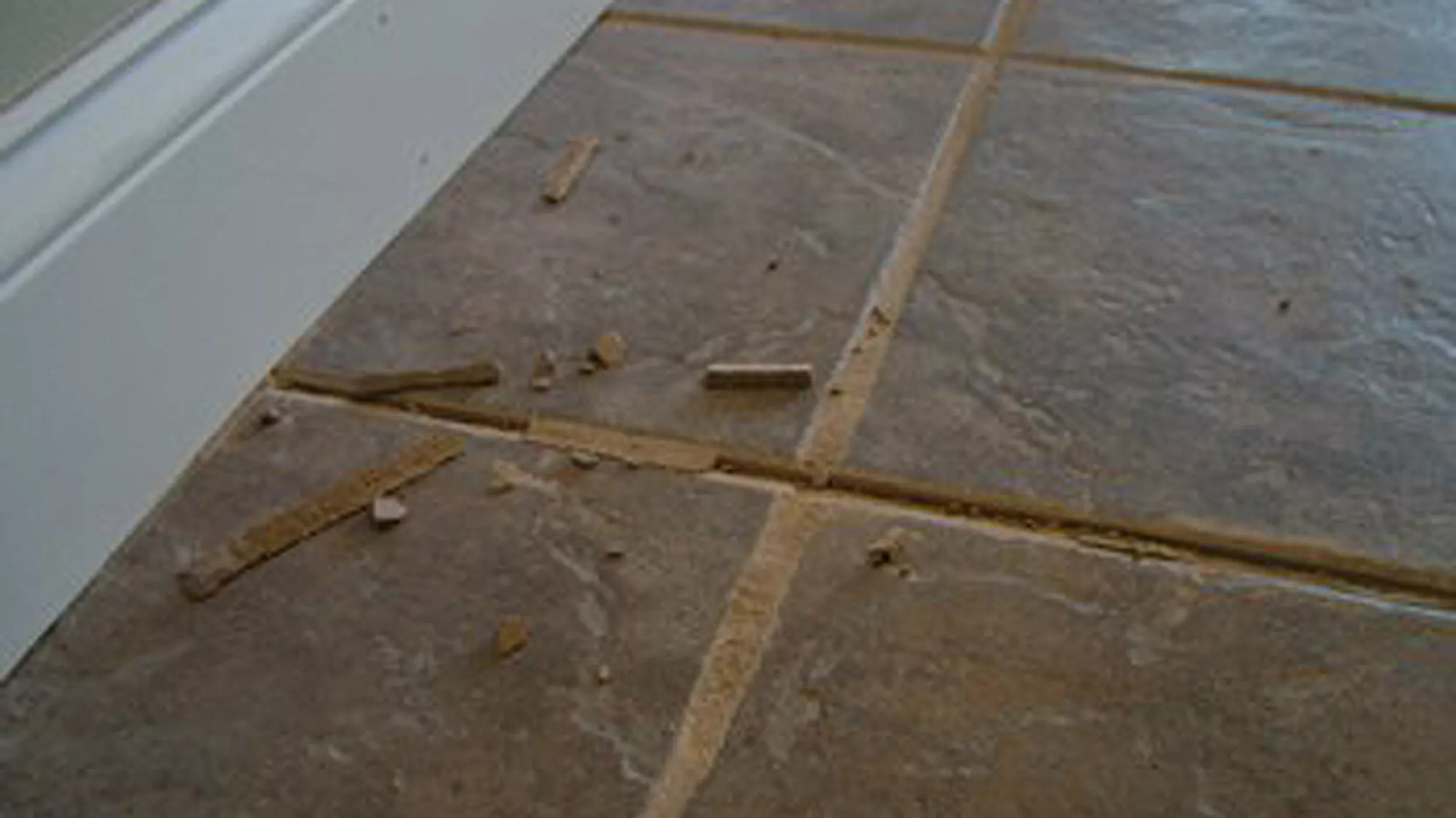
- Poor Installation: If grout is not installed properly, it can become prone to cracking and breaking. This can lead to water seeping through and causing damage to the subfloor.

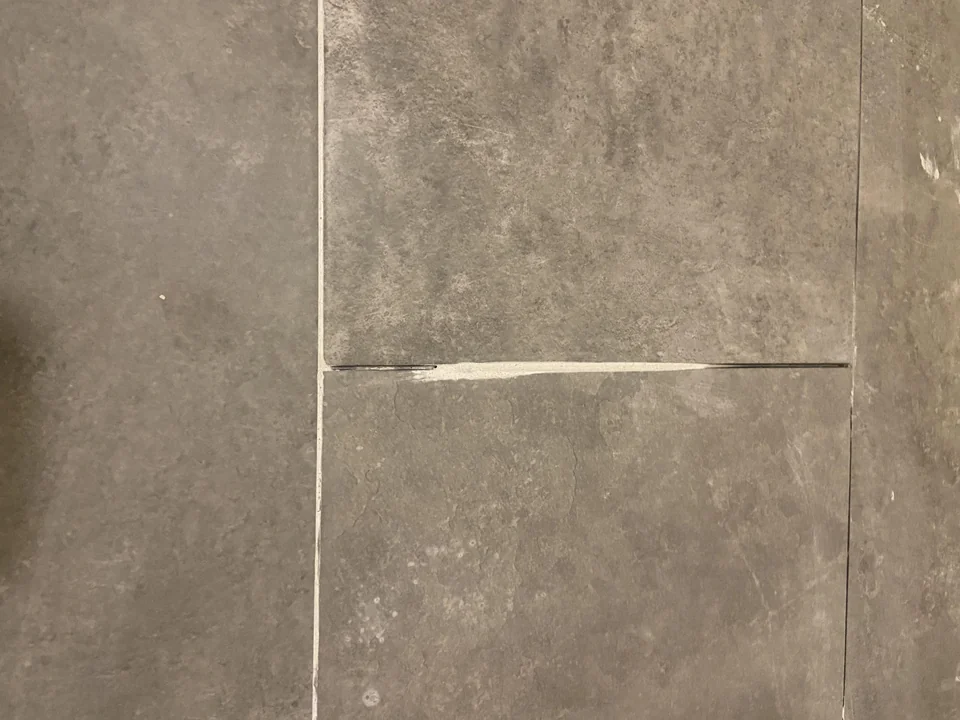
- Movement: As the floor settles or shifts, it can cause the tiles to move and shift as well. This can create gaps in the grout, allowing water to seep through and damage the subfloor.

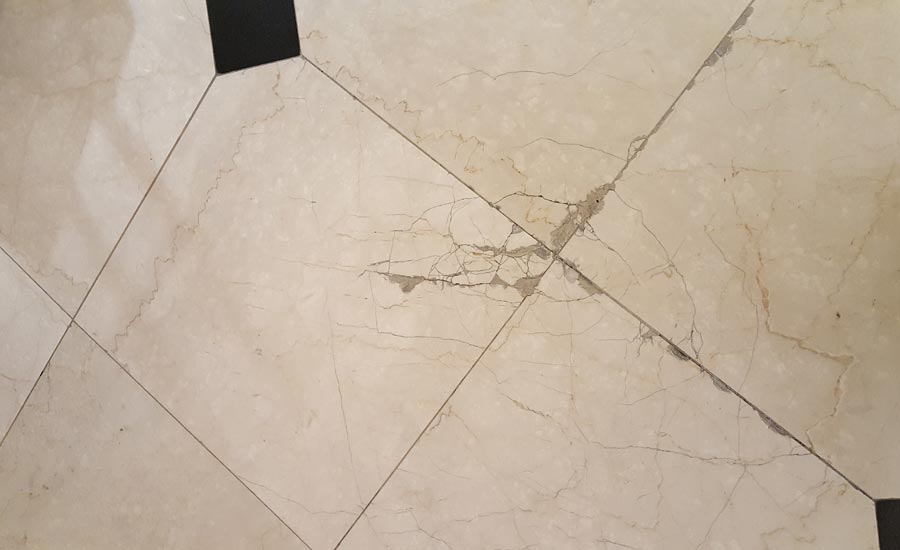
- Cleaning Products: Harsh cleaning products can break down grout over time, causing it to become brittle and more prone to cracking. This can lead to water seeping through and causing damage to the subfloor.


- Age: Grout naturally wears down over time due to everyday use, exposure to water and cleaning products, and foot traffic. As the grout ages, it becomes more prone to cracking and breaking, allowing water to seep through and damage the subfloor.
- Faulty waterproofing: If your bathroom was not properly waterproofed during construction, it can lead to water seeping through the walls or floors.
- Faulty waterproofing is a common cause of leakage. If your bathroom was not properly waterproofed during construction, water can seep through the walls or floors, leading to serious damage. The waterproofing layer is designed to prevent water from penetrating the surface and causing damage. If the waterproofing layer is improperly installed or damaged, water can seep through and cause damage to the subfloor, walls, and ceiling below.
- Poor workmanship or the use of substandard materials during construction can also cause faulty waterproofing. Additionally, age and wear and tear can also lead to degradation of the waterproofing layer, making it more susceptible to leaks.
- It is important to ensure that your bathroom is properly waterproofed during construction or renovation to prevent future leakage problems. A professional contractor should be hired to ensure proper installation of the waterproofing layer, and high-quality materials should be used to ensure longevity and effectiveness.
- Improper tile gaps: Incorrect tile gaps can also cause leakage. When tiles are installed in a bathroom, there should be a small gap between each tile to allow for expansion and contraction due to changes in temperature and humidity. If the gaps are too small or too large, it can cause water to seep through to the subfloor.
- If the gaps are too small, the tiles can rub against each other and cause them to crack over time. This can create openings where water can seep through. If the gaps are too large, it can cause the tiles to shift and create spaces where water can enter.

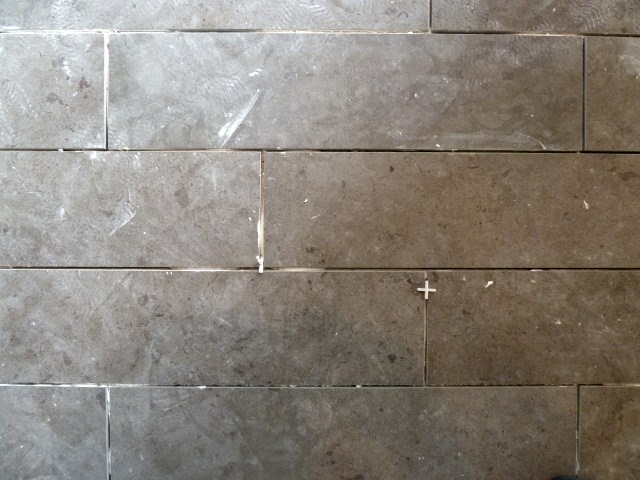
- To prevent this, it’s important to ensure that the tile gaps are properly spaced during installation. Regularly inspecting the tile gaps for signs of damage or wear can help identify and address any issues before they lead to leakage.

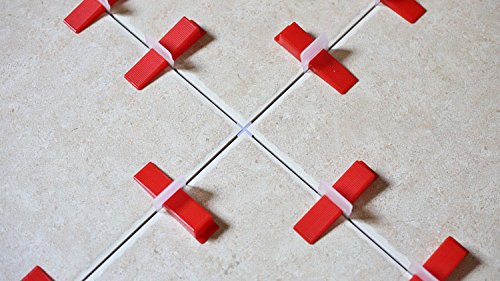

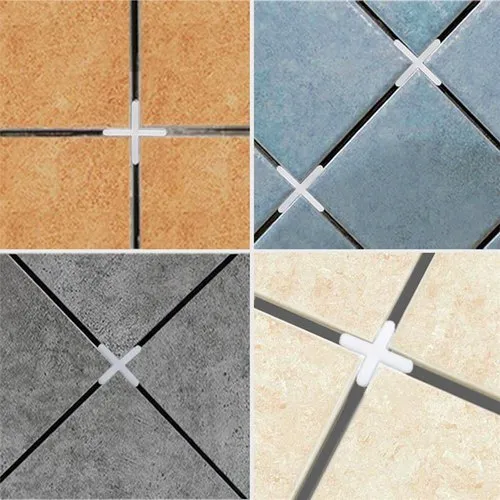
- If the gaps are too small, the tiles can rub against each other and cause them to crack over time. This can create openings where water can seep through. If the gaps are too large, it can cause the tiles to shift and create spaces where water can enter.
- Incorrect grout type: Some types of grout are more prone to cracking and allowing water to seep through.
- Using the wrong type of grout can also cause leakage. Grout can be made of cement or epoxy, and each type is designed for specific applications. Using the wrong type of grout for your tiles can lead to water seepage and damage. For example, cement-based grout is porous and can absorb water, while epoxy-based grout is water-resistant and better suited for areas with high moisture. It’s important to use the right type of grout for your tiles to prevent leakage.

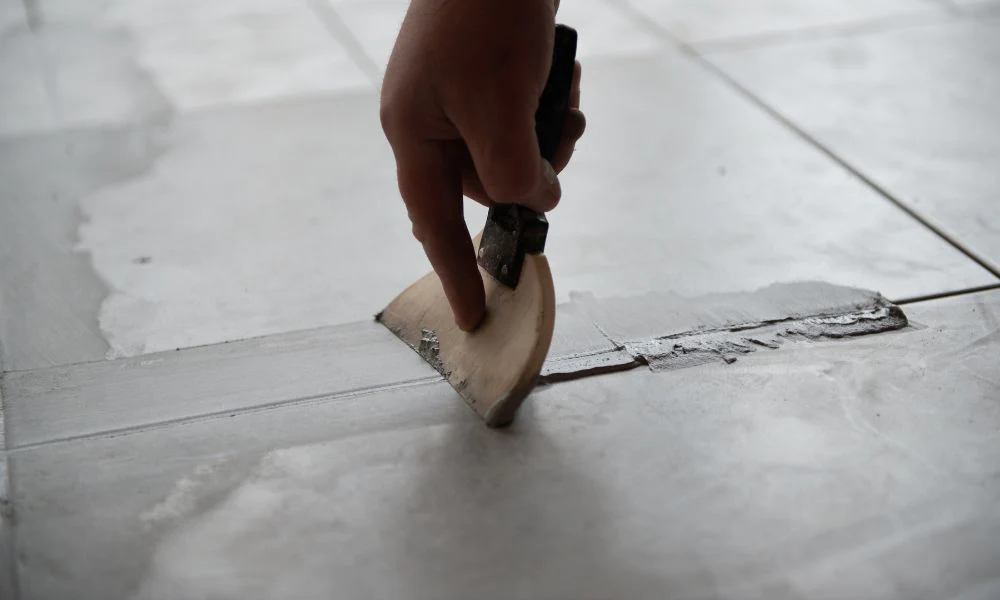
- Cement-based grout is more common and less expensive, but it is porous and prone to staining, cracking, and shrinking over time. Epoxy-based grout is more expensive, but it is non-porous, stain-resistant, and less prone to cracking and shrinking. It’s important to choose the appropriate type of grout for your tile installation, based on factors such as the type of tile, the amount of foot traffic, and the level of moisture exposure.

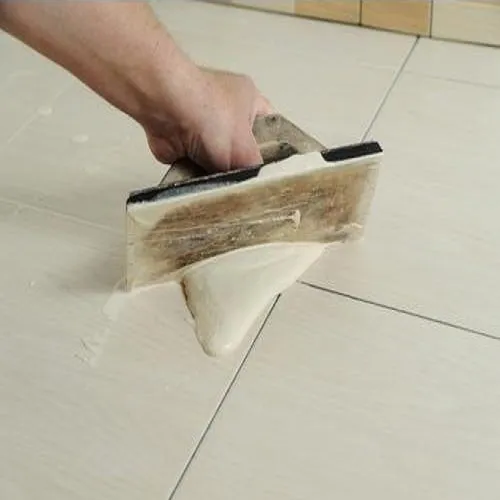
- Using the wrong type of grout can also cause leakage. Grout can be made of cement or epoxy, and each type is designed for specific applications. Using the wrong type of grout for your tiles can lead to water seepage and damage. For example, cement-based grout is porous and can absorb water, while epoxy-based grout is water-resistant and better suited for areas with high moisture. It’s important to use the right type of grout for your tiles to prevent leakage.
- Leakage due to paper size tile gap joints without grout: In this case, the tiles are laid with very thin paper-sized gaps between them. While this may provide an aesthetically pleasing appearance, it can allow water to seep through the gaps and into the subfloor. Without grout to provide a barrier, the water can easily penetrate the subfloor and cause damage over time. To prevent this type of leakage, it’s important to use a proper grout and leave adequate space between tiles during installation.
- When installing tiles, it’s important to use the correct spacing between them to allow for the proper installation of grout. However, some people may choose to lay their tiles with very thin paper-sized gaps between them, without using any grout to fill the space. This technique may be used to create a seamless, smooth appearance, but it can also create a potential risk for leakage.

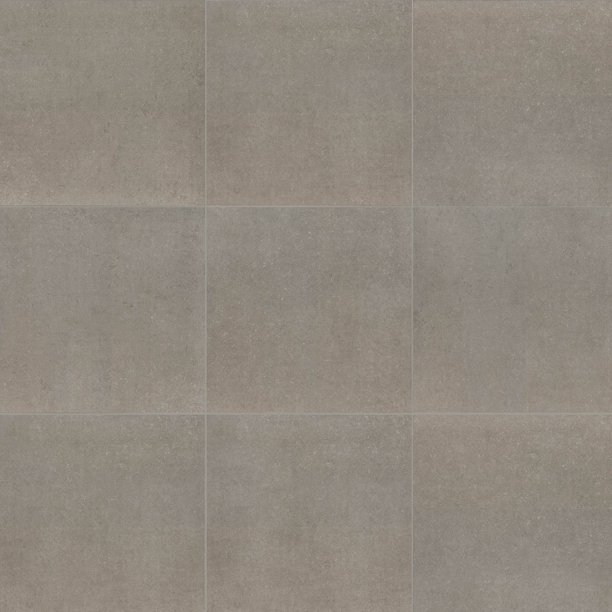
- To prevent this type of leakage, it’s important to use a proper grout and leave adequate space between tiles during installation. A good rule of thumb is to use a spacer that is at least twice the size of the tile’s thickness. This will provide enough space for the grout to properly fill the gaps between tiles, preventing water from seeping through and causing damage.

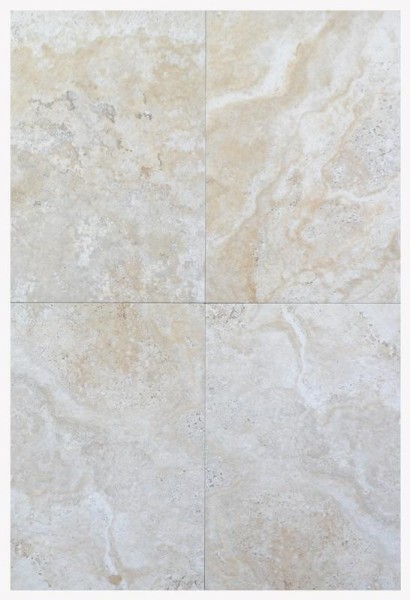
- Without the use of grout, water can easily seep through the gaps between tiles and penetrate the subfloor. This can lead to the growth of mold and mildew, as well as structural damage over time. The water can also cause the tiles to become loose and uneven, leading to further issues.
- When installing tiles, it’s important to use the correct spacing between them to allow for the proper installation of grout. However, some people may choose to lay their tiles with very thin paper-sized gaps between them, without using any grout to fill the space. This technique may be used to create a seamless, smooth appearance, but it can also create a potential risk for leakage.
- Leaky pipes: Leaky pipes in your bathroom can cause water to seep through the walls or floors. This can cause structural damage and also lead to mold growth.
- Leaky pipes are a common cause of leakage. Pipes can become damaged or corroded over time, causing water to leak out. This water can seep through the walls or floors and cause significant structural damage to your home. It can also lead to the growth of harmful mold and mildew, which can be hazardous to your health.

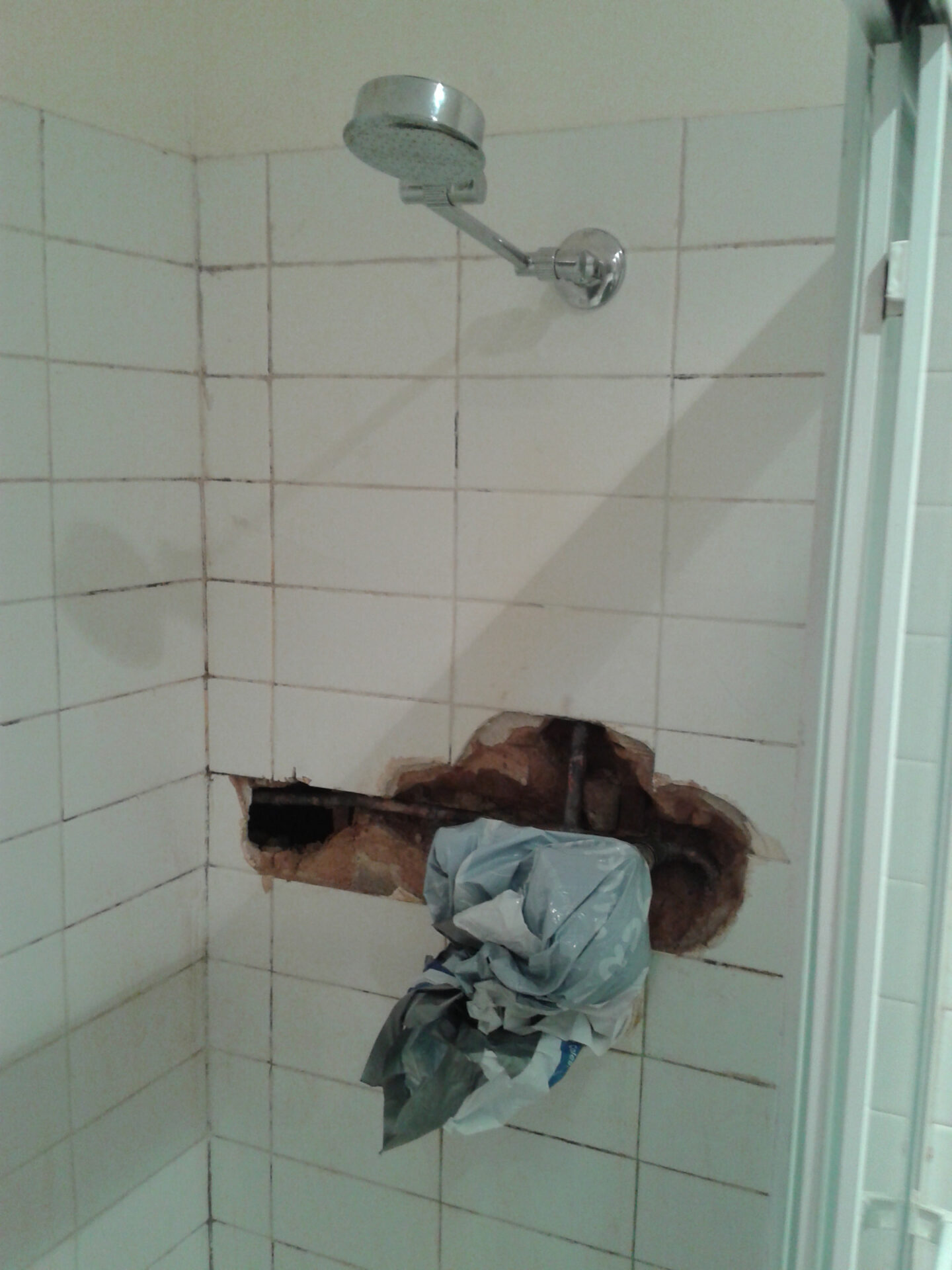
- Leaky pipes can be caused by a variety of factors, including age, corrosion, and high water pressure. As pipes age, they can become brittle and crack or break, causing leaks. Corrosion can also weaken pipes over time, causing them to develop leaks. High water pressure can put extra stress on pipes, causing them to develop leaks as well. Poor installation can also be a cause of leaks, as pipes that are not properly installed can shift and cause leaks over time.

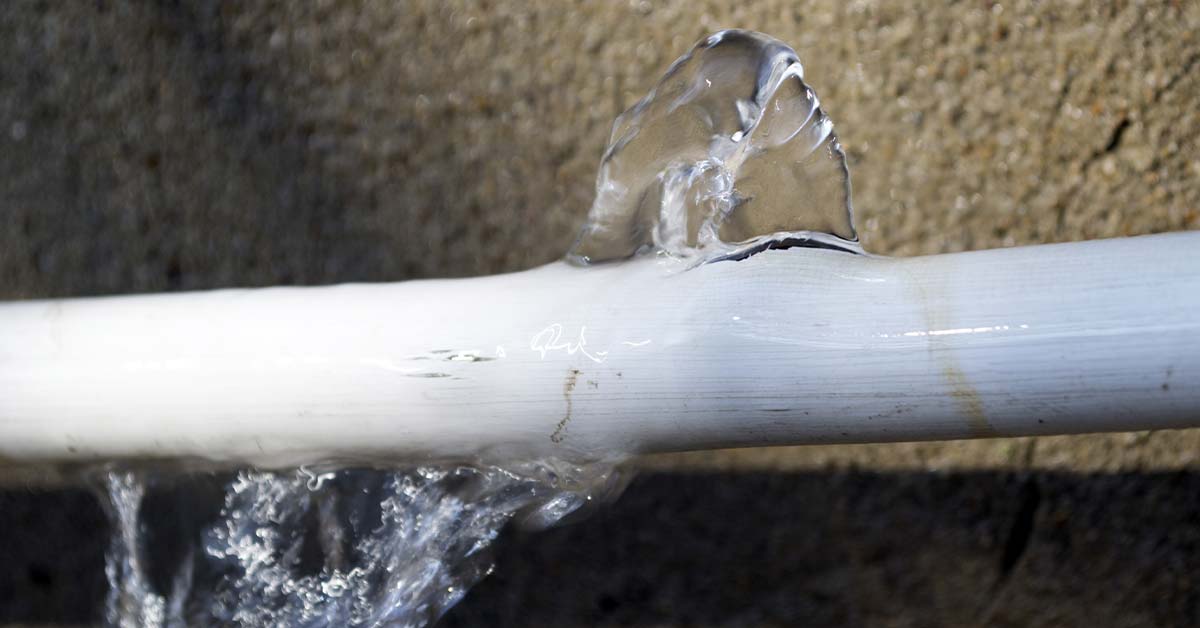
- Leaky pipes are a common cause of leakage. Pipes can become damaged or corroded over time, causing water to leak out. This water can seep through the walls or floors and cause significant structural damage to your home. It can also lead to the growth of harmful mold and mildew, which can be hazardous to your health.
- Poor ventilation: Poor ventilation in your bathroom can lead to moisture buildup, which can cause mold growth and structural damage.
- Poor ventilation can create an environment that encourages the growth of mold and mildew. The steam and moisture from a shower or bath can condense on surfaces, such as walls and ceilings, and cause water damage over time. The humidity can also cause problems with wallpaper, paint, and wooden surfaces. Additionally, a lack of proper ventilation can cause problems with odors, making the bathroom an unpleasant space to use.

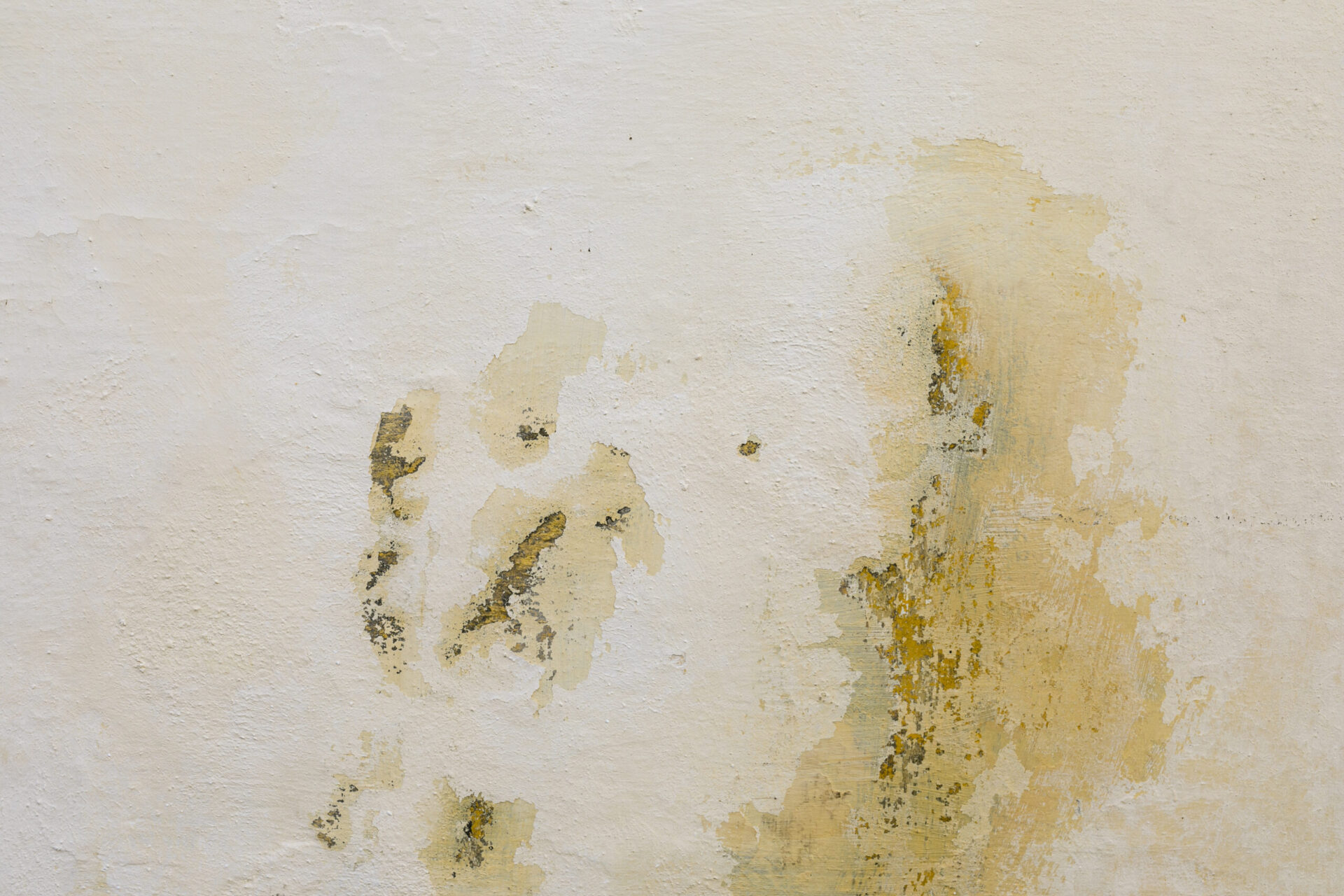

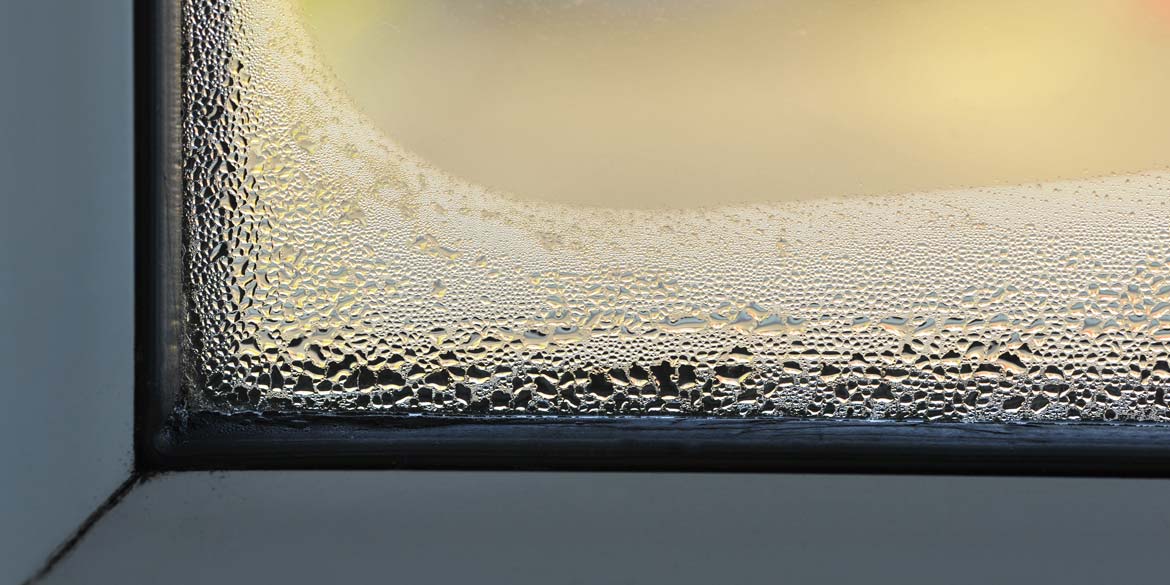

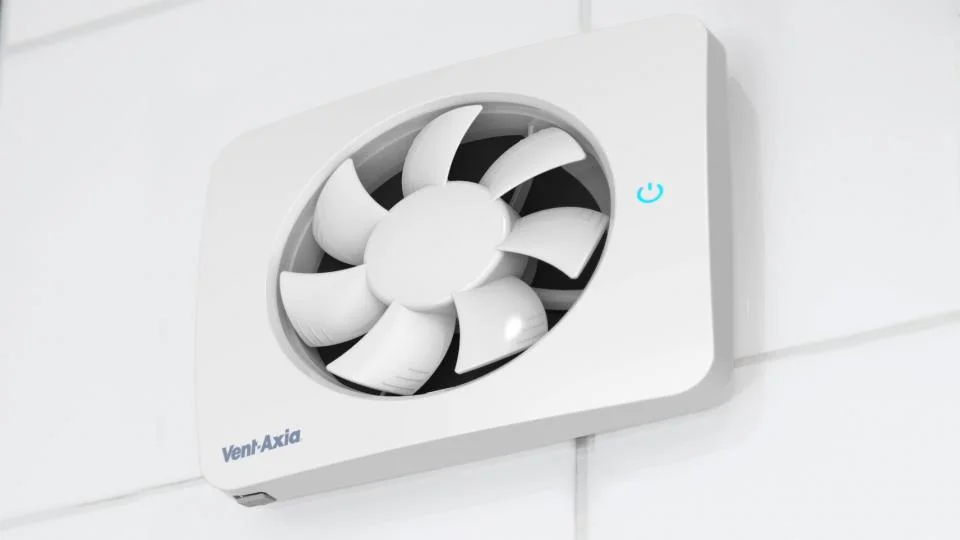

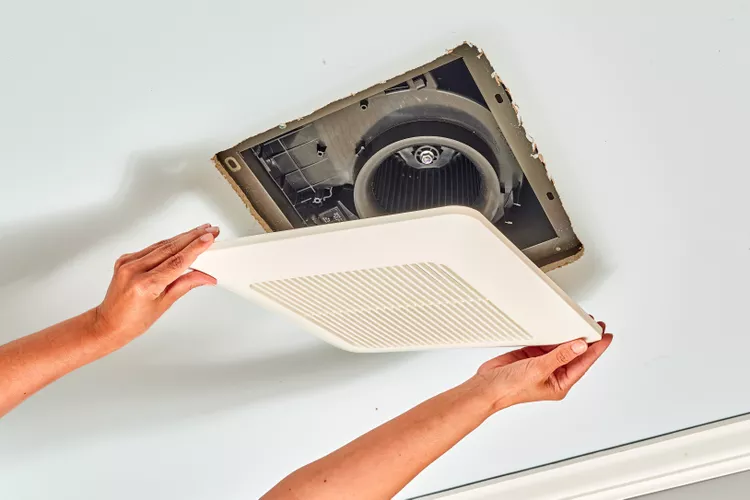

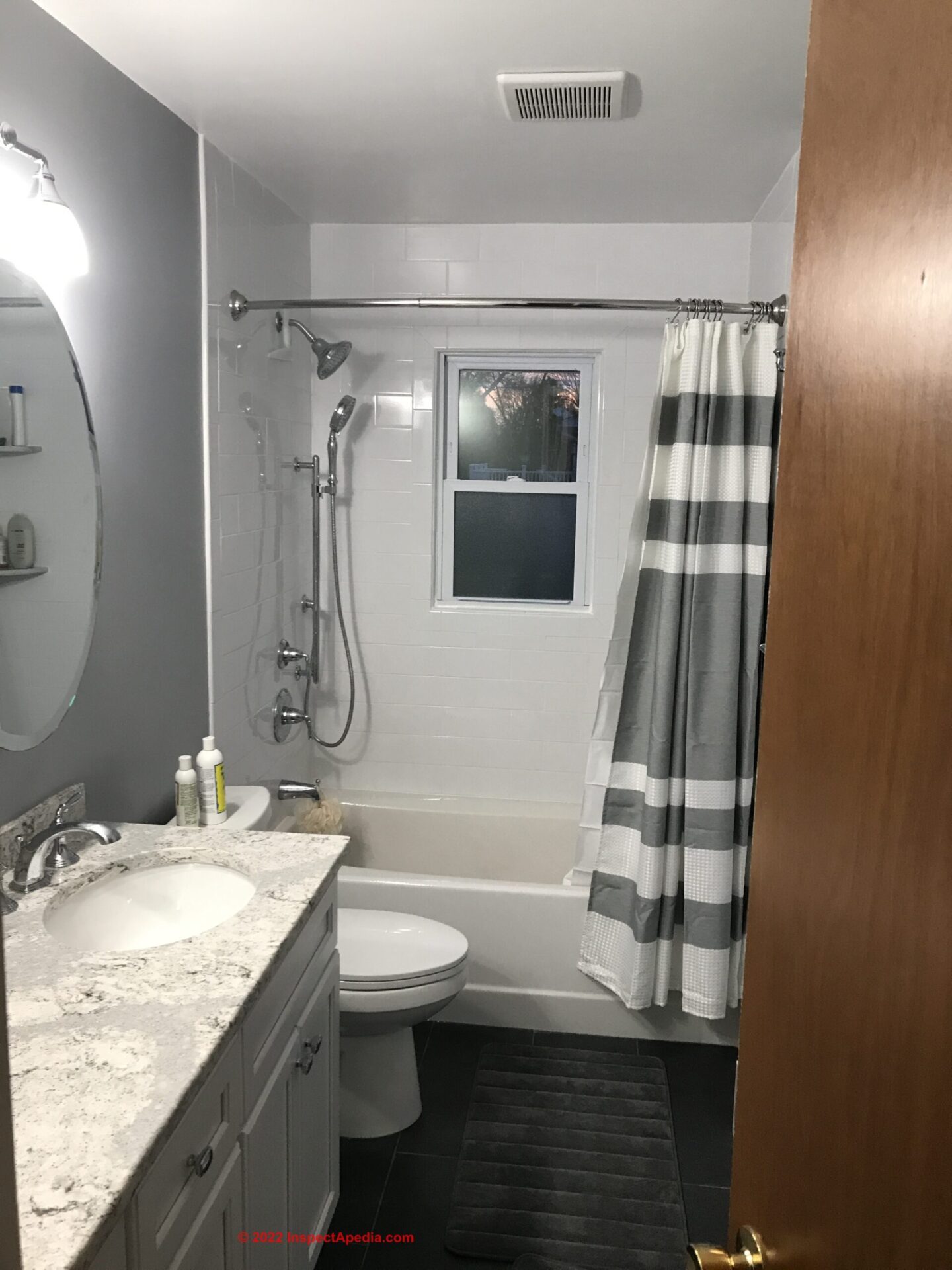
- The main reason for poor ventilation is often due to inadequate or poorly installed exhaust fans. These fans are designed to draw moisture and odors out of the bathroom and into the outdoors. If the fan is too small or poorly installed, it may not be able to keep up with the amount of moisture generated by a shower or bath. Other reasons for poor ventilation can include blocked or clogged exhaust ducts, closed or blocked vents, or a lack of windows or other natural ventilation sources.
- Poor ventilation can create an environment that encourages the growth of mold and mildew. The steam and moisture from a shower or bath can condense on surfaces, such as walls and ceilings, and cause water damage over time. The humidity can also cause problems with wallpaper, paint, and wooden surfaces. Additionally, a lack of proper ventilation can cause problems with odors, making the bathroom an unpleasant space to use.
Solutions for Bathroom, washroom and toilet Leakage
Here are some solutions to fix the leakage:
- Fix cracked tiles: If you have cracked tiles, it’s important to replace them as soon as possible. This will prevent water from seeping through and causing damage to the subfloor. You can hire a professional to replace the tiles, or you can do it yourself if you have the necessary skills.
- Repair damaged grout: If the grout is damaged, you can repair it by removing the damaged grout and replacing it with new grout. This will prevent water from seeping through and causing damage to the subfloor.
- Waterproofing: If your toilet was not properly waterproofed during construction, it’s important to have it waterproofed as soon as possible. This will prevent water from seeping through the walls or floors and causing damage. You can hire a professional to waterproof your Bathroom.
- Maintain appropriate tile gaps: One solution for maintaining appropriate tile gaps is to use tile spacers during installation. Tile spacers are small plastic or rubber pieces that can be placed between tiles to ensure that they are evenly spaced. They come in various sizes to accommodate different tile widths and can be easily removed once the grout has been applied. Another solution is to use a tile leveling system, which is designed to keep tiles level and evenly spaced during installation. These systems use clips and wedges to hold tiles in place and ensure that they are properly spaced. By maintaining appropriate tile gaps, you can help prevent leakage and ensure the longevity of your tiles.
- Fix leaky pipes: If you have leaky pipes in your bathroom, it’s important to fix them as soon as possible. This will prevent water from seeping through the walls or floors and causing damage. You can hire a professional plumber to fix the leaky pipes.
- Improve ventilation: Improving ventilation can prevent moisture buildup, which can cause mold growth and structural damage. You can improve ventilation by installing a fan or opening a window while you shower.
- Suitable grout type: Choosing the appropriate grout type is essential in preventing leakage.
- Two common types of grout are cement and epoxy grout. Cement grout is a cost-effective option and is suitable for most applications. However, it requires sealing to prevent water penetration. On the other hand, epoxy grout is a more expensive option, but it offers superior water resistance and does not require sealing.
- To maintain the integrity of your grout, it’s important to clean it regularly and reseal it every few years if necessary. Additionally, make sure to choose a grout that is suitable for the size of your tile gaps and the type of tiles used in your bathroom. By choosing the right grout and maintaining it properly, you can prevent water from seeping through the gaps and causing damages.
- Avoid paper size tile gap joints style: To avoid leakage due to paper size tile gap joints, it’s important to ensure that there is adequate spacing between tiles during installation. This means using proper tile spacers or leaving enough space between tiles to allow for the installation of grout. It’s also important to use a suitable grout type, such as cement or epoxy-based grout, to fill the gaps between tiles.
- If you already have paper-sized gaps between your tiles, the best solution is to remove the tiles and re-install them with proper spacing and grout. This may be a time-consuming and costly process, but it’s necessary to prevent further damage to your bathroom.
- Alternatively, to maintain appropriate tile gaps, you can use a specialized tool, such as a diamond saw wheel or a grout saw, to create a uniform gap between the tiles. Once the gap is created, it can be filled with suitable tile grout to provide a barrier against water penetration. This technique can help to prevent future leakage by ensuring that the gaps are properly sealed. It is particularly useful for older bathrooms where the tile gaps may be uneven or damaged. However, it’s important to use the right type of tile grout and ensure that it’s applied correctly to prevent any future problems.
- Therefore, it may be beneficial to seek the help of a professional for this task. A professional will have the necessary tools and expertise to ensure that the gaps are properly created and filled with the appropriate sealed. Additionally, they can also inspect the bathroom for any other potential leakage issues and provide recommendations for preventive measures.
- Regular maintenance of your tiles and grout is also important to prevent future leakage. Make sure to clean and inspect your tiles and grout regularly, and repair any damage or cracks as soon as possible to prevent water from seeping through.
- Inspect and repair leaky pipes: Inspecting and repairing leaky pipes is an important step in preventing water damage and mold growth. First, you should inspect your pipes regularly for signs of leaks, such as water stains on the walls or ceiling, dripping sounds, or decreased water pressure. If you notice any of these signs, you should call a professional to inspect and repair the pipes.
- During the inspection, the professional will look for any visible leaks or signs of corrosion in the pipes. They may also use specialized equipment, such as a moisture meter or infrared camera, to detect hidden leaks behind walls or under floors.
- If a leak is detected, the professional will then determine the best course of action for repairing it. This may involve simply tightening a loose fitting or replacing a damaged section of pipe. In some cases, a more extensive repair may be needed, such as replacing the entire pipe system.
- It’s important to address any leaks as soon as possible to prevent further damage to your bathroom and home. Regular inspection and maintenance of your pipes can also help prevent leaks from occurring in the first place.
- Good ventilation: Good ventilation is an essential element in maintaining a healthy bathroom environment and preventing moisture buildup. It involves the proper circulation and exchange of air within to remove excess humidity and prevent the growth of mold and mildew.
- To achieve good ventilation, it’s important to ensure that you have adequate airflow. This can be done through the installation of ventilation fans or by opening windows and doors during and after showering. It’s also important to keep the bathroom clean and free of clutter to allow for proper airflow.
- Ventilation fans should be properly sized and installed to ensure that they effectively remove excess moisture from the air. They should be vented to the outside of the house to prevent moisture from being directed into the Adjacent rooms, attic or other areas of the home.
- Regular maintenance of the ventilation system is also important to ensure that it’s functioning properly. This includes cleaning the fan blades and replacing filters as needed.
- In addition to preventing mold and mildew growth, good ventilation can also help prevent structural damage to the bathroom by reducing the risk of water damage from moisture buildup.
Conclusion
Bathroom leakage can cause significant damage to your home if left unaddressed. Water can seep into your walls, floors, and ceiling, leading to structural damage, mold growth, and other issues. It can also be a safety hazard, causing slips and falls.
To prevent further damage, it’s essential to identify the source of the leakage and fix it as soon as possible. This can be done by inspecting the bathroom for any signs of water damage, such as wet spots, discoloration, or mold growth. Once the source of the leakage is identified, appropriate measures can be taken to fix the issue.
The solutions outlined in this blog, such as maintaining appropriate tile gaps, using the correct grout type, inspecting and repairing leaky pipes, and ensuring good ventilation, can help prevent leakage and keep your bathroom in good condition. However, if you’re unsure how to fix the problem, it’s always best to consult a professional.
A professional Waterproofers or contractor can provide a thorough assessment of the problem and recommend the best course of action. They have the necessary skills and experience to repair the damage and ensure that your bathroom is safe and functional. Remember, addressing leakage as soon as possible is crucial to prevent further damage and protect your home.
GEOLIZ WATERPROOFERS PVT. LTD.
Waterproofing Products & Services Guide
For details on other waterproofing products & Services

